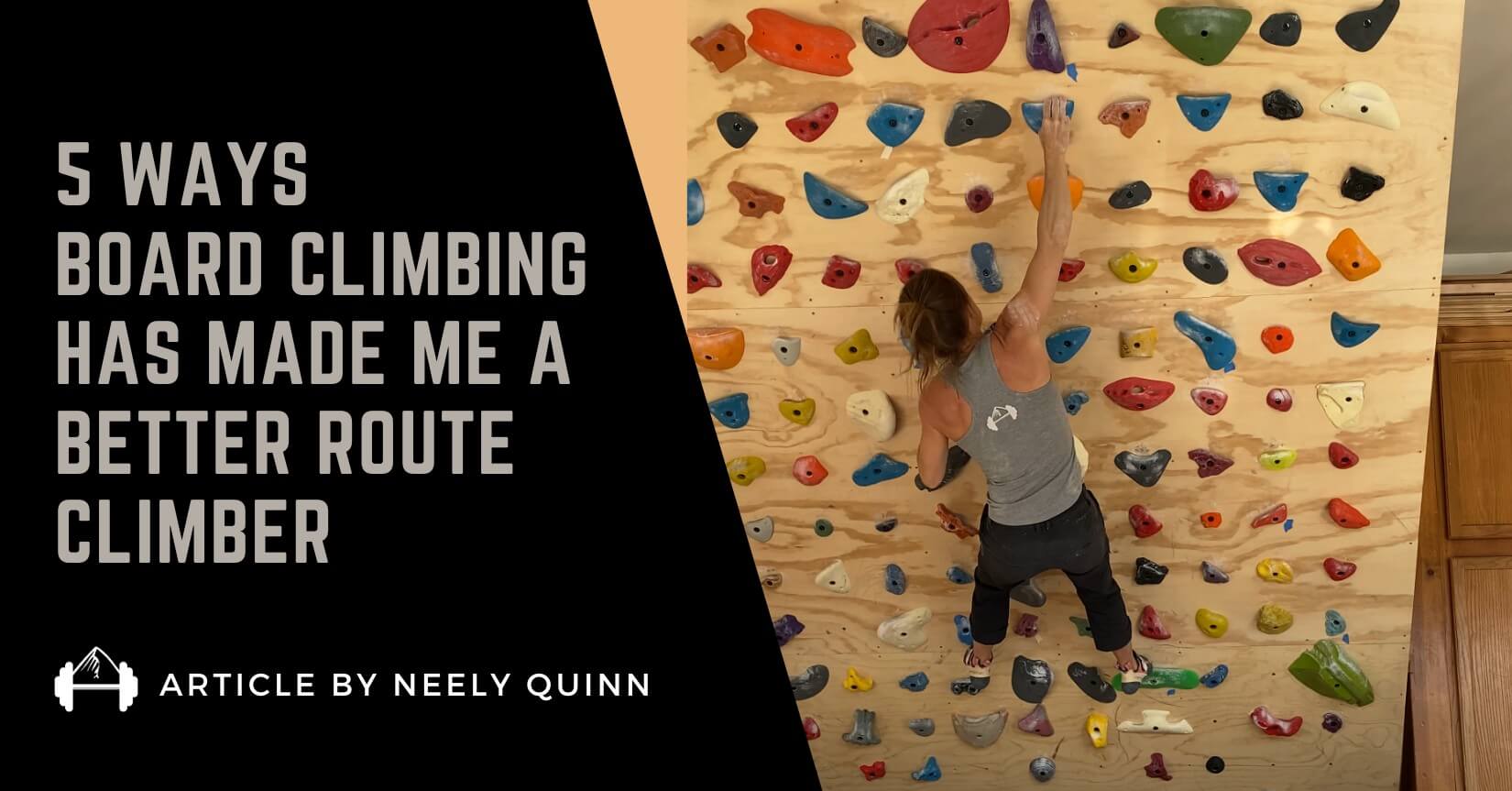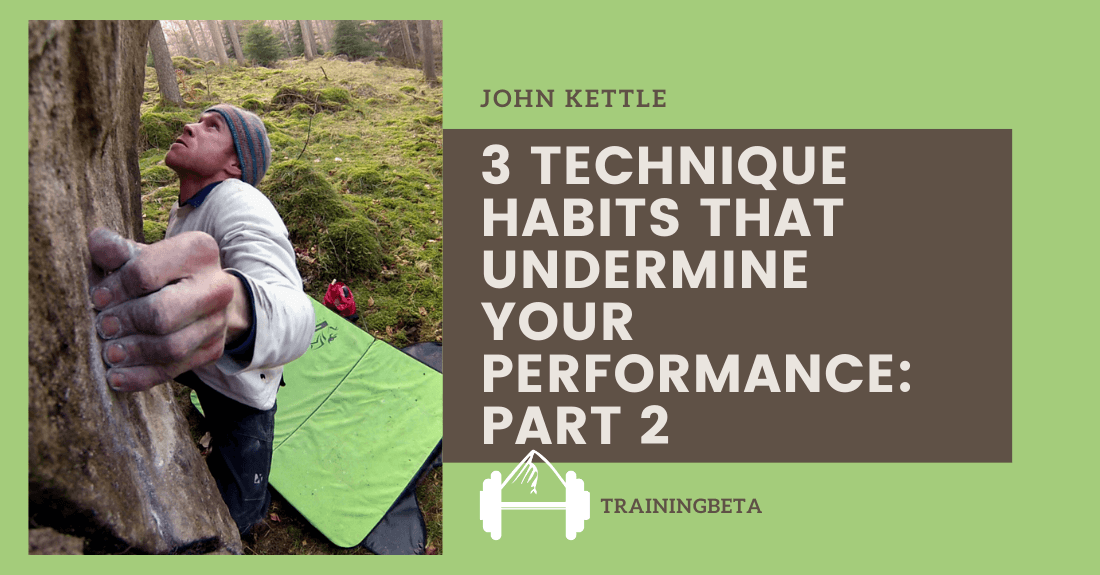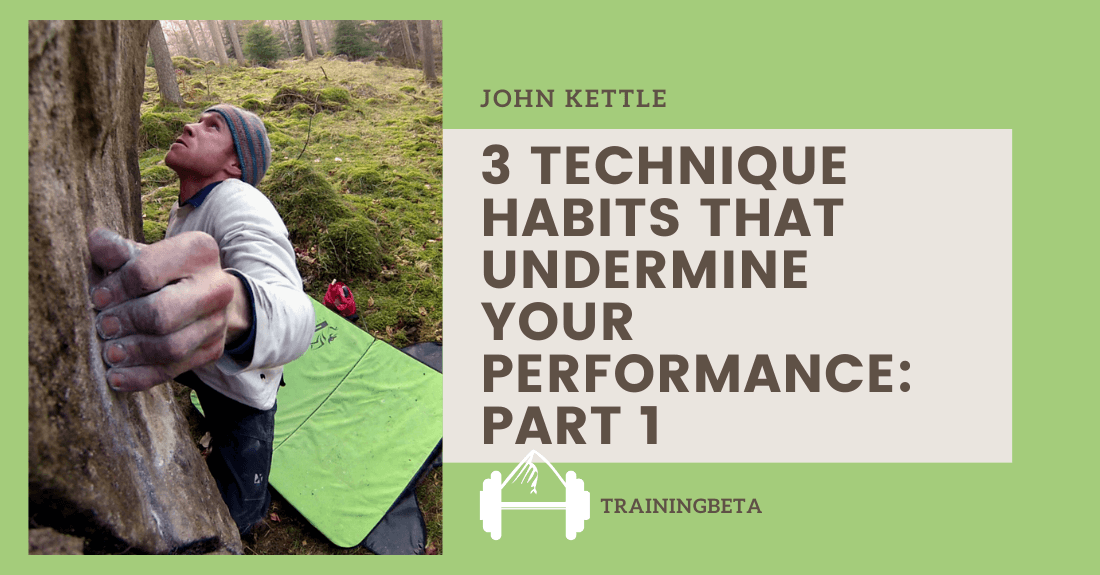It’s no secret that the flexibility gained from yoga is great for climbing. From drop-knees to heel-hooks, adequate flexibility is a necessary part of climbing movement. However, some of the ways that yoga can most positively impact climbers are often overlooked.
In fact, the structural stabilization, proprioception, and use of breath practiced in yoga can often be MORE BENEFICIAL for climbers than gains in flexibility.
But how can this be?! There is no such thing as being TOO FLEXIBLE, right?!
Let’s clear a couple things up about flexibility and stretching…
- Much of your flexibility is pre-programmed into your DNA. Contrary to popular belief, most people depicted in crazy twisted yoga postures were actually born more flexible than most. The flexibility needed for healthy range-of-motion and functionality is exponentially lesser than the flexibility needed for wild contortionist yoga postures – so don’t beat yourself up if full splits is not in your yoga practice.
- Too much flexibility actually INCREASES your chance of injury. A huge amount of joint pain and injuries are caused by the tendons and ligaments surrounding the joint being too flexible. This is why climbers can often benefit more from the stability that yoga provides, which will be discussed further in a moment. For more information regarding the research on functional flexibility, check out this blog posting here.
- Long, static stretching before any type of rigorous exercise also increases your chance of injury. It seems this has become relatively common knowledge, but it certainly deserves another mention. Elongated muscle and tendon fibers do a less efficient job of holding joints in place during activity. Avoid any deep or long-held stretches during warm-ups, and focus instead on dynamic range of motion exercises to bring oxygen to your muscles and lubrication to your joints.
Yoga Offers Climbers Other Benefits
So what do structural stability, proprioception and use of breath have to do with climbing?The answer is simple: EVERYTHING. Let’s start with stability.
Stability
As I mentioned before, a major portion of joint pain and injury come from the muscles, ligaments, and tendons surrounding the joint being too loose to properly hold the joint in place. This becomes especially problematic in a sport like climbing, which repetitively uses the same motions in strenuous ways. Joints, particularly highly mobile ones like the shoulders, hips, and knees, require stability as the foundation for strength and power. Check out yoga sequence #1 and #4 below for building your stabilizing muscles throughout your whole body.
Proprioception
Proprioception is a complicated sounding word with a simple meaning: a person’s awareness of their body. Increased proproception means greater ability to use the body in an efficient athletic system, and helps the climber realize when he or she is nearing the point of injury. Yoga is an incredible tool for building proprioception, and sequences #2 and #4 will serve you well in building that connection between your mind and body.
Breathing
In my opinion, the cultivation of useful breathing is the most beneficial aspect of practicing yoga for climbing. In yoga there is a saying, “sthira-sukham asana.” This essentially means, “Find steadiness and comfort in all that you do.” (Note: There are many ways people translate and interpret the yoga sutras, and this is just my personal understanding and use of the term.) You don’t have to climb for long to see how much easier it is to perform when your body and mind are steady and comfortable.
The best way to achieve steadiness and comfort are through the use of breath. Engaging in deep, meaningful breath enhances your body’s ability to stay calm in stressful situations in so many ways that it will take a whole other article to even scratch the surface.
Try to focus on mindful, slow breathing during all of the sequences below, but especially follow the breath cues in sequence #2 and #3 to start linking your breath to your movement – just as you will on the climbing wall.
4 Yoga Sequences for Climbers
Enough talk, let’s get down to business! Here are four yoga sequences to help cultivate your stabilization, proprioception, and breath work. These sequences are safe for all healthy athletes, and can be performed as an effective warm-up, cool-down, or mid-climb break.
SEQUENCE #1: Chair Pose with Shoulder Mobility

Description
This sequence incorporates physical therapy exercises that will help prevent injury in the shoulders and elbows. If you have tight shoulders, the shoulder mobility might cause some discomfort.
Benefits
- Increased lower-body and core stability.
- Increased shoulder mobility (especially important for climbers, as these shoulder movements are helpful for avoiding common injuries in the shoulders and elbows)
- Increased muscular endurance
Instructions
Do this sequence in a slow, fluid motion focusing on keeping the lower body stable. Keep the core tight and engaged the whole time, and keep the shoulders pulled down and back. Breathe deeply and slowly.
1) Start the sequence in chair pose with arms by your sides. Stand with your feet hip-width distance apart and draw the shoulders down and back. Ensure the knees are in-line with the ankles, and especially ensure they do not push forward over the toes or inward towards each other. When you look down, you should be able to see your toes. Keep the low-back long and flat, not overarching.
2) Draw the elbows up to shoulder height, creating a 90 degree bend in the elbows with the fingers pointing down. Think of a scarecrow.
3) Keeping the 90 degree bend in the elbows, sweep the fingers forward and up until the finger tips are pointing upward.
4) Reach both hands high towards the ceiling, being mindful to keep shoulders active and drawn down the back.
5) Draw the elbows back down to a 90 degree angle with fingers pointing upwards.
6) Reverse the movement of step 3, sweep the fingers downward until the finger tips are pointing towards the ground.
7) Reach hands towards the heels, straightening the elbows.
8) Repeat 8-10 times.
SEQUENCE #2: Crescent Lunge with Spinal Rotation

Description
This series is an especially effective warm-up because it involves large movements which get the blood flowing.
Benefits
- Increased proprioception
- Enhanced breath-to-movement connection
- Stability in the lower and upper body
- Digestive benefits from twisting
- Core strength and endurance
- Increased balance
Instructions
My favorite way to practice this sequence is to do it 4-5 times using one breath per motion, and then do it a final time holding each pose for 5-10 breaths. To receive the full benefits of the sequence, do your best to employ the breath cycles listed with the postures.
1) Start the sequence in a low lunge with the front knee bent, the back knee straight, and the hands or finger tips framing the front foot. Feel free to use blocks on either side of your foot if your hands have trouble reaching the floor. Keep the core tight and the back leg straight and strong.
2) Keeping the hand opposite the forward foot planted on the ground, INHALE and open the hand closest to the forward foot towards the ceiling for a spinal twist.
3) EXHALE and bring the extended hand back down to the frame the foot. Take a deep
4) INHALE while still in low-lunge.
5) EXHALE and rise up strong, elbows straight and biceps by the ears. Stack the shoulders over the hips and reach the fingers towards the sky. Avoid over-arching the low back and keep the back leg strong and straight.
6) Take a deep INHALE here in crescent lunge.
7) EXHALE and reach the hands back down to the ground to frame the foot.
8) Repeat 4-5 times using one breath per motion, then do it a final time holding each pose for 5-10 breaths. Do sequence with on both sides.
SEQUENCE #3: Modified Half-Moon Pose with Shoulder Abduction

Description
This sequence is great for climbers because it stretches the lat muscles in the upper back. The lats are typically overactive and shortened, pulling the shoulders into the classic forward hunch we see in so many climbers.
Benefits
- Increased proprioception
- Enhanced breath-to-movement connection
- Increased shoulder mobility
- Core strength and endurance
- Increased balance
- Increased shoulder mobility
Instructions
When performing this sequence, be sure to actively engage the back leg as you lift it off the ground.
1) Start the sequence in table-top position with hands stacked under shoulders and knees stacked under hips. Ensure the torso is long and engaged.
2) INHALE and reach one arm upwards until the hand arm is fully extended and all joints are aligned. There should be a straight line from one wrist to the other with shoulders stacked right on top of each other. Extend the leg on the same side of the raised arm straight back, planting the arch of the foot on the ground.
3) EXHALE to sweep the fingers of the raised arm overhead while simultaneously raising the back foot off of the ground. Keep the core engaged and the raised leg strong and active. Imagine a long line of energy from the heel of the lifted foot to the fingers of the forward-reaching hand.
4) INHALE to return the back leg to the ground, and to reach the raised hand back towards the ceiling.
5) EXHALE to return to table-top position.
6) Immediately move into the sequence on the opposite side of the body. Repeat 4-5 times per side using one breath per motion, and then do it a final time holding each pose for 5-10 breaths.
SEQUENCE #4: Warrior 3 with Scaption

Description
This is a fun sequence that challenges the body and the mind to stay steady in an awkward position.
NOTE: BALANCING POSTURES MAKE IT EASY TO FORGET TO BREATHE! The more you breathe, the easier it will be to balance. If you find the balancing too difficult to perform with steadiness, try performing the sequence focusing on slow, deep breathing. If it is still difficult to balance, skip ahead to sequence #4.5 for a modification.
Benefits
- Increased balance
- Increased proprioception
- Increased stability
- Increased shoulder mobility
- Core strength and endurance
Instructions
Be sure to look slightly downward to keep the neck aligned with the rest of the spine, and keep the back leg strong and active the whole time. Find a drishti, or fixed point to stare at to keep your gaze steady. Be careful to avoid locking the standing knee, always keeping a micro-bend to activate the stabilizing muscles. Engagement in the core will be needed to complete this sequence.
1) Start the sequence in airplane pose, balancing on one leg while the other reaches directly back. There is a straight line from the raised leg to the shoulders. Both arms by the sides, active and reaching back towards the feet. Draw the shoulders down and away from the ears.
2) This sequence is performed in a smooth, fluid motion. Keeping the arms strong and straight, sweep them down towards the ground then up overhead on one fluid motion. This motion is often referred to as “Scaption,” or Scapular Plane Elevation. This exercise is extremely beneficial for healthy range of motion in the shoulder.
3) Reverse the motion of step #2, sweeping the arms toward the ground then back down by your sides. Focus on keeping the shoulders down and back, and keeping the back leg strong and straight. Avoid arching the low back or letting the torso rotate in either direction.
4) Perform the scaption motion 5-10 times, then switch to the opposite leg and repeat.
SEQUENCE #4.5: Modified Warrior 3 with Scaption

This sequence is great for building the necessary strength and balance to safely complete sequence #4. Simply complete the exact steps listed for sequence #4 while performing the scaption movement with one arm, and holding a climbing hold with the other.
Try to lean into the climbing hold as little as possible, and focus on the strength of your core. Breathe deeply and remember that you will benefit more from a modified sequence executed with steadiness than you will from wobbling through the original version.
Steadiness and Comfort in Climbing
In the end, what we practice off the climbing wall is what we practice on the climbing wall. Incorporating an intentional yoga practice into your routine is one of the easiest ways to create the physical and mental climbing style we want to embody.
From this place of steadiness and comfort, we are better able to observe our unique patterns while we climb. This gives us the ability to cultivate the behaviors that benefit our climbing and let go of those that bring us down. Please feel free to contact me with any questions or comments about the sequences or information in this article at yogaclimbfitness@gmail.com. Namaste!
About The Author
 Jess Simmons is a Registered Yoga Teacher (200-RYT) and Personal Trainer (NASM CPT) on a quest climb harder and healthier. She integrates the physical, mental, and spiritual practices of yoga with modern exercise science for a holistic approach to training for climbing. She has learned the hard way that injuries are much easier to prevent than to treat, so she champions cross-training and preventative exercise. Jess is from Minneapolis and is constantly inspired by the strength of the Minnesota climbing community. While she enjoys sport climbing, ice climbing, and bouldering, Jess is the happiest when she is plugging gear on multi-pitch trad routes. She looks forward to continuing to use her education and experience to progressively contribute to the development of training resources for climbers.
Jess Simmons is a Registered Yoga Teacher (200-RYT) and Personal Trainer (NASM CPT) on a quest climb harder and healthier. She integrates the physical, mental, and spiritual practices of yoga with modern exercise science for a holistic approach to training for climbing. She has learned the hard way that injuries are much easier to prevent than to treat, so she champions cross-training and preventative exercise. Jess is from Minneapolis and is constantly inspired by the strength of the Minnesota climbing community. While she enjoys sport climbing, ice climbing, and bouldering, Jess is the happiest when she is plugging gear on multi-pitch trad routes. She looks forward to continuing to use her education and experience to progressively contribute to the development of training resources for climbers.





Great article, thanks for posting. Other cross over benefits I get from flow yoga include focusing being in the moment.